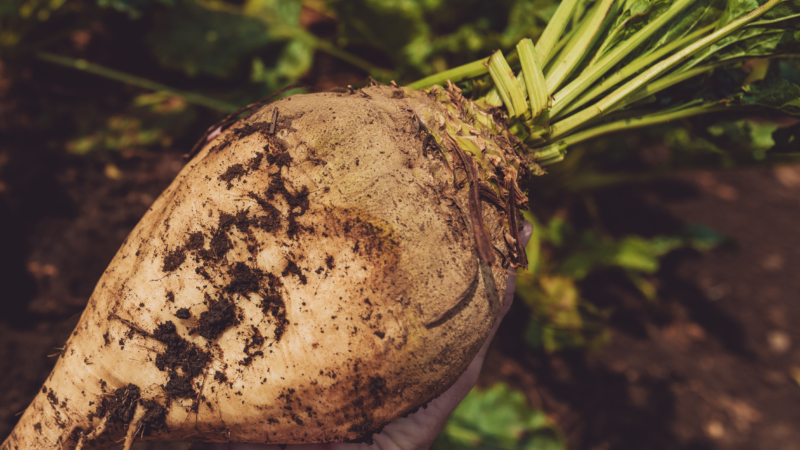Volatile Sugar Market Necessitates Strong Sugar Policy
As 2018 came to a close, the USDA published a report about the global sugar market. It noted that the world’s dominant sugar producer (and subsidizer) Brazil was decreasing production because of “unfavorable weather and more sugarcane being diverted towards ethanol,” where prices are stronger.
The 8-million-ton drop in Brazilian production should have been a big market mover, but it wasn’t. Current sugar prices on the world dump market are lower than when the report was published, according to USDA data.
Why? Because the world sugar market is highly unpredictable. It is a dumping ground for subsidized surplus sugar that’s sold well below the global cost of production.
The report went on to note: “Global stocks are forecast to rise to a new high of 53 million metric tons” because of a massive stock building in another major subsidizer, India.
The intense market manipulation by foreign governments makes sugar unlike any other commodity.
Dan Colacicco, a PhD and former USDA sugar policy expert for 20 years, explained this unique dynamic in a presentation to the International Sugarbeet Institute last month.
“International sugar trade grew up in the Mercantile period and has a long history of government intervention,” he told the group. “This widespread intervention by foreign governments makes the price particularly volatile.”
Colacicco, who is a current advisor to the U.S. sugar industry, drove home this point by showing price volatility percentages for several commodities on the world market. Sugar ranked the highest with a more than 9% volatility factor, whereas staples like corn, wheat, and milk were all under 5%.
Complicating factors in the sugar market, he said, is the fact that “sugar supply is insensitive to price.” Sugarcane, which accounts for about 80% of global sugar production, is a multi-year crop that is hard to exit quickly, and sugar is tough to store until prices improve.
That means surpluses can continue to flood the market even during low-price periods, driving prices even lower.
This reality can punish sugar producers, he said, since “sugar price and producer revenue are very sensitive to supply changes.”
Colacicco demonstrated this by showing the effect of a 10% supply increase on various sectors.
A 10% uptick in supply would sink sugar prices by nearly 30% and producer revenue by more than 26%. For comparison, a similar supply uptick would only affect beef prices by 13% and producer revenue by 12%.
The level of foreign subsidization, mixed with market volatility, and sensitivity to supply change explains why America needs such a strong sugar policy, he noted.
“Without America’s no-cost sugar policy, our farmers and factories would have a hard time surviving in this kind of environment. American food manufacturers and consumers who depend on high quality and sustainable sugar production would also be losers,” Colacicco concluded. “Congress recognized that and should be commended for delivering during the Farm Bill debate.”



